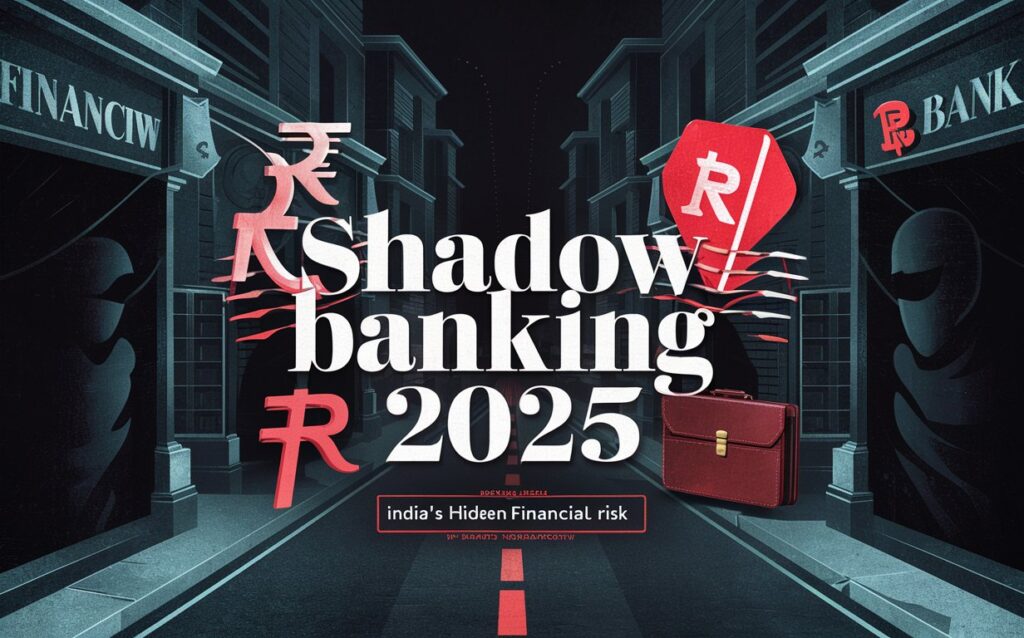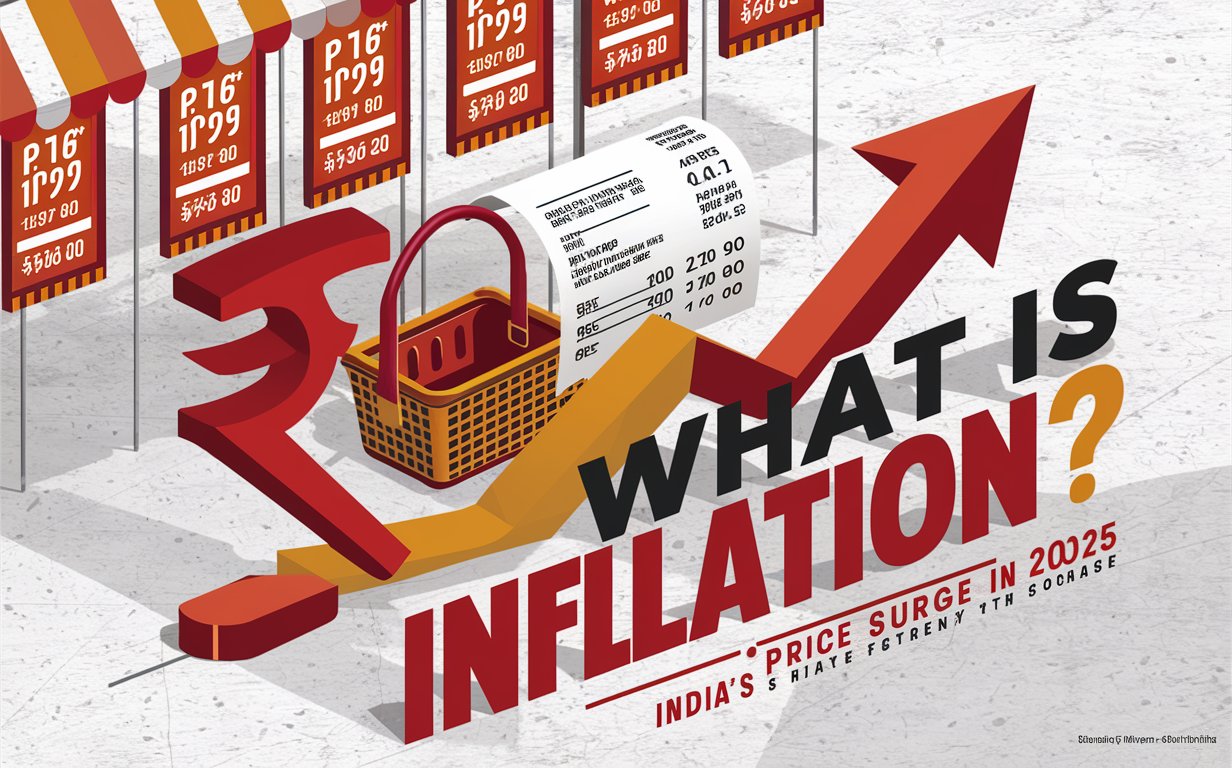📉 Shadow Banking in India 2025: The Silent Threat to the Financial System
Shadow banking in India refers to financial activities and institutions that operate outside the traditional regulated banking system, yet perform similar roles like lending, asset management, and investment. In 2025, shadow banking has grown rapidly in India, raising both economic hopes and red flags.
These Non-Banking Financial Companies (NBFCs), chit funds, and fintech-based lenders are reshaping access to credit—especially in rural and underserved markets—but they also carry systemic risks due to looser regulations.

🏦 What Is Shadow Banking?
Shadow banking includes financial intermediaries that are not traditional banks and are not subject to the same strict regulations. In India, these include:
- NBFCs (Non-Banking Financial Companies)
- Housing Finance Companies (HFCs)
- Peer-to-Peer Lending Platforms
- Microfinance Institutions
- Digital Wallet-Based Loan Apps
While these entities provide faster loans and flexible lending models, they often lack deposit insurance, robust risk checks, and RBI oversight—making them a potential financial hazard in crisis scenarios.
📊 Shadow Banking’s Growth in India
Post-pandemic credit gaps, digital lending booms, and regulatory constraints on public banks have accelerated shadow banking. In 2025, India’s shadow banking sector is estimated to control 30% of the country’s total lending market, with over ₹35 lakh crore in outstanding loans.
Urban millennials, rural entrepreneurs, and MSMEs are increasingly relying on NBFCs and fintech lenders, drawn by easier approvals and lesser documentation.
⚠️ The Risks Behind the Curtains
Despite the benefits, shadow banking in India is fraught with challenges:
- Lack of transparency: Many NBFCs don’t disclose borrower risk profiles or loan grading.
- Liquidity crisis: Entities like IL&FS in 2018 showed how defaults in NBFCs can trigger market panic.
- Over-leveraging: Some NBFCs fund long-term loans with short-term borrowings, leading to mismatches.
- Regulatory grey zones: Many digital lending platforms remain outside the RBI’s licensing radar.
In 2025, the RBI’s Digital Lending Guidelines aim to curb predatory loan apps, but enforcement gaps remain.
🧾 Government Regulations and Reforms
The Reserve Bank of India (RBI) has ramped up scrutiny through new rules on:
- Co-lending models between banks and NBFCs
- Real-time reporting of loans on credit bureaus
- Mandatory Grievance Redressal Officers for fintech firms
- Crackdown on illegal Chinese loan apps via cybercrime cells
In parallel, SEBI is tightening compliance for debt mutual funds and credit rating agencies to improve investor safety.
🧑🌾 Impact on Rural and Small Businesses
For rural India, shadow banking is both a lifeline and a trap. In places where national banks are absent, microfinance and NBFCs fill the void. However, high interest rates—often above 20%—and aggressive recovery agents make them risky.
Many rural borrowers in 2025 are unaware of legal rights, making them vulnerable to coercion, especially in fintech-led instant loan defaults.
📉 Could a Shadow Banking Collapse Shake India’s Economy?
A major NBFC collapse or default in digital lending chains could freeze the entire financial system—similar to what happened in the U.S. during the 2008 crisis. In India, shadow banking’s interconnectivity with mutual funds, banks, and bond markets makes it a systemic risk.
Experts warn that unless shadow lenders are brought under strict RBI supervision, a credit contagion is inevitable.
🧩 Conclusion: Shadow Banking in India Is a Double-Edged Sword
Shadow banking in India is growing because it meets real market gaps. But without tighter controls, transparency, and borrower education, it could become the weakest link in the financial system. In 2025, regulators must strike the balance between innovation and stability—before the shadows grow too large to manage.
DoFollow External Links:
Internal Links:



Post Comment